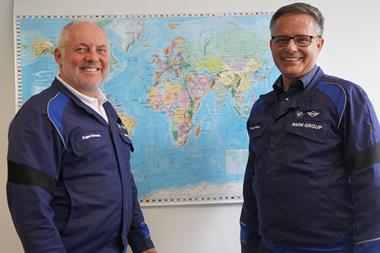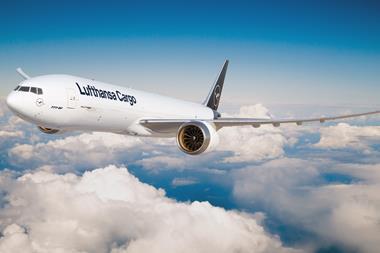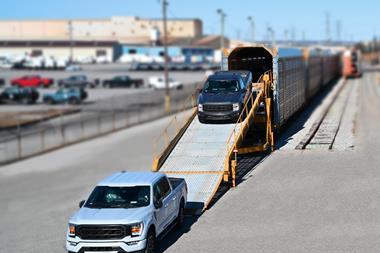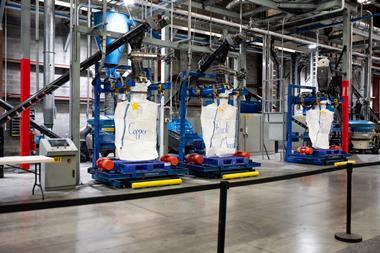Reaching for the stars: how Galileo’s satellites could help automotive logistics
By Malcolm Ramsay2020-03-16T10:27:00
Since launching its first test navigation satellite in 2005, the European Space Agency (ESA) has steadily built up the Galileo global positioning network and today operates 22 satellites. With four further launches due in 2020, the Galileo network is set to become the first fully operational high-accuracy global navigation satellite system (GNSS) – heralding a new era of precision navigation and, for the automotive industry, bringing opportunities for improved vehicle logistics.
For much of the industry today, the current standard is the US Global Positioning System (GPS), which offers accuracy of around 7.8 meters with a 95% confidence interval. While this has proven valuable for a range of applications, it is not sufficient for granular analysis of movement.
The arrival of new high-accuracy services, such as Galileo, offer an order of magnitude improvement, with accuracies down to 20 centimetres or less and the potential for encrypted signals. This new precision opens up a range of new applications extending far beyond the typical long-distance navigation usage of today.












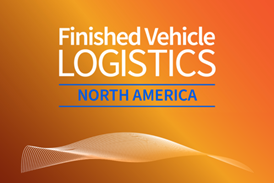

![Global[1]](https://d3n5uof8vony13.cloudfront.net/Pictures/web/a/d/s/global1_726550.svgz)



